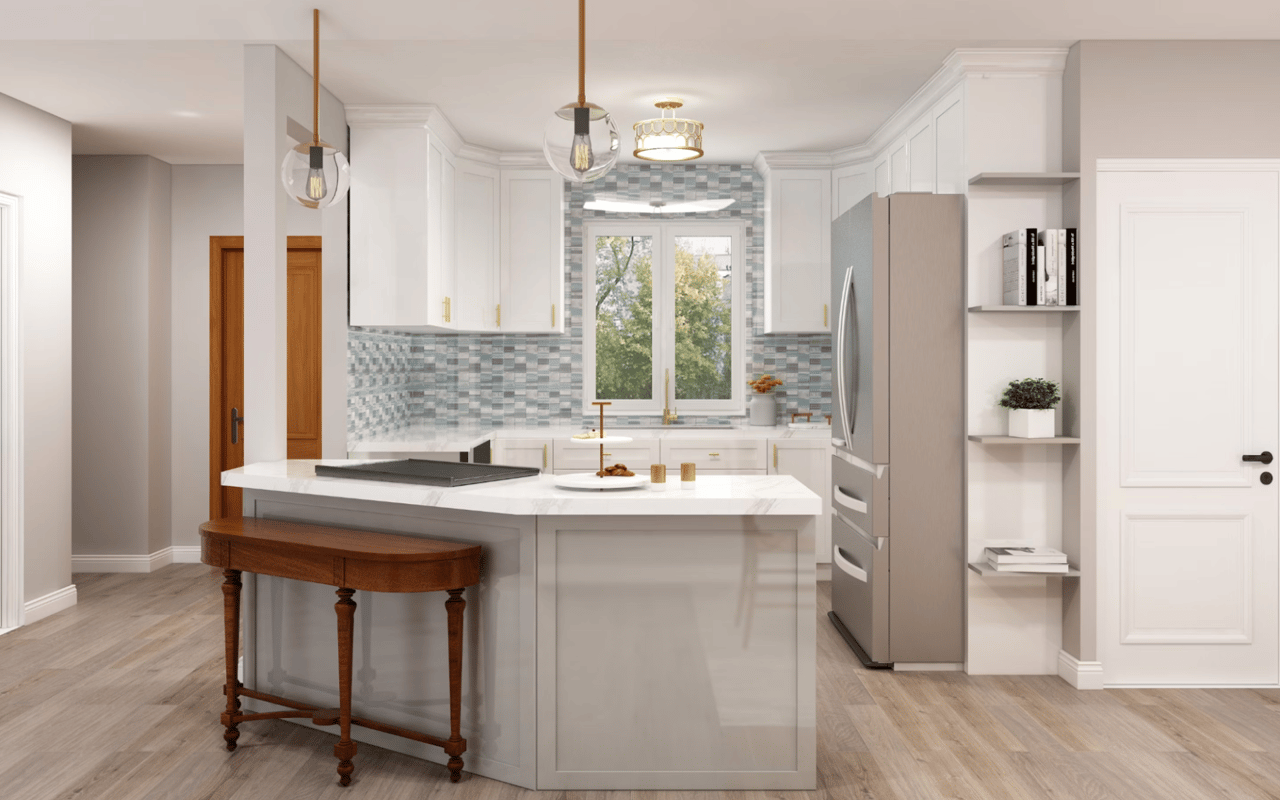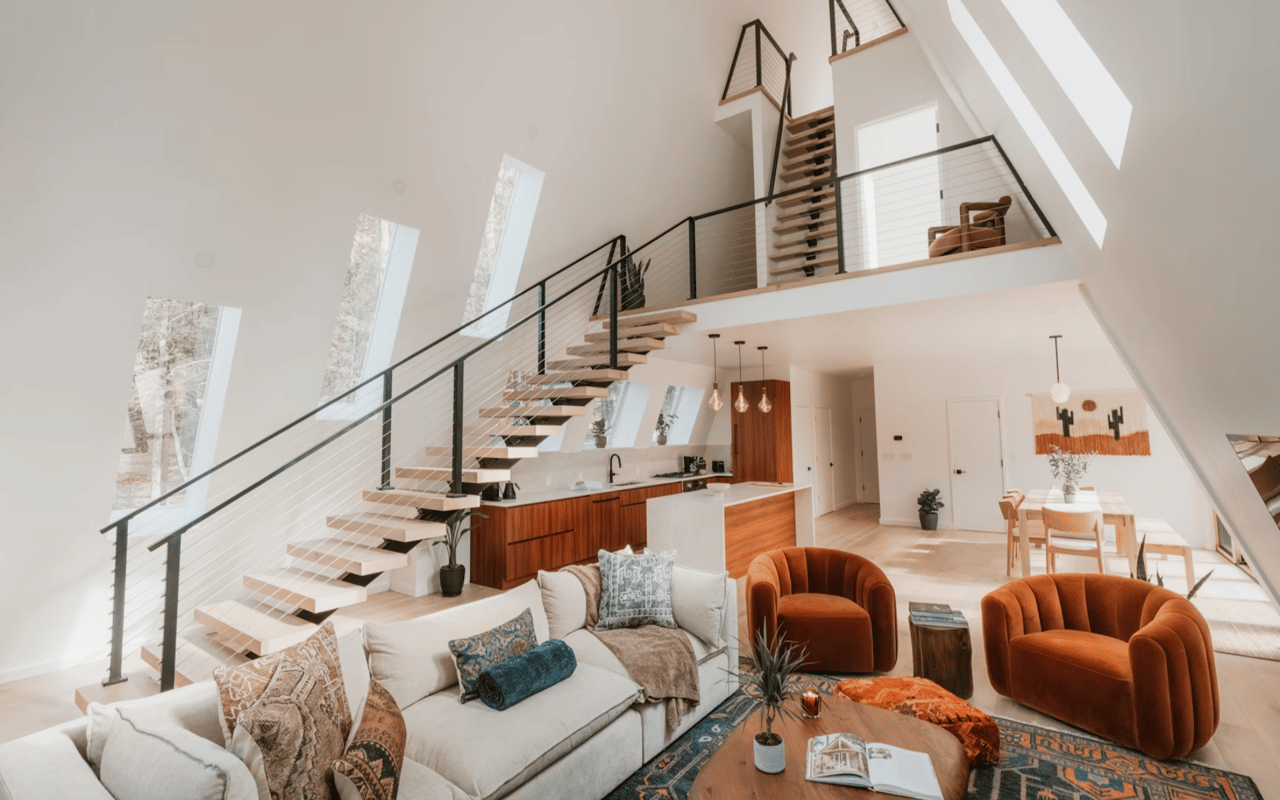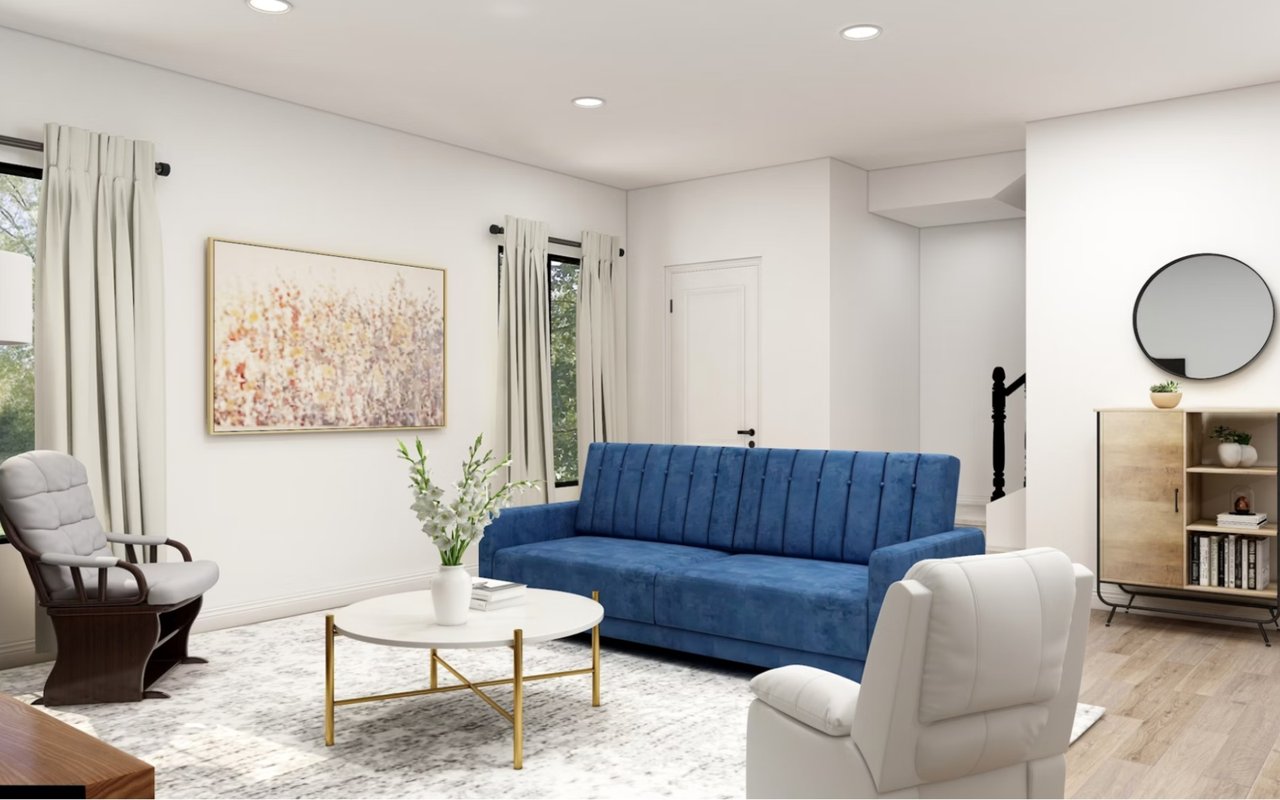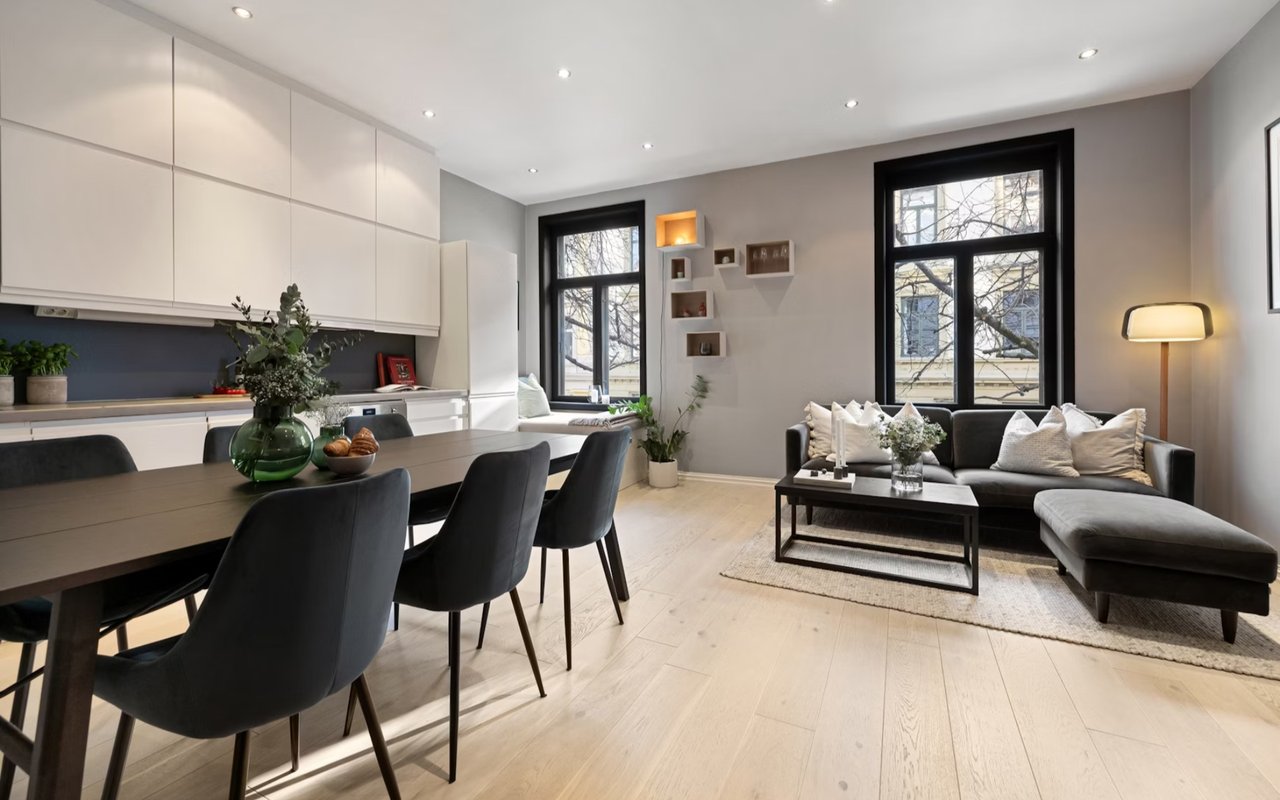When it comes to buying or selling a home, many factors influence its market value. One such factor, often overlooked by buyers and sellers alike, is the age of the home. While it may seem like age would only affect the condition of a property, it actually plays a much more complex role in determining market value. Home age can impact everything from curb appeal to structural integrity, and these elements collectively influence how much a property is worth. In this article, we will explore how the age of a home directly affects its market value and what buyers and sellers need to consider in this regard.
The Initial Perception of Older Homes
When evaluating the market value of a home, perception is crucial. Older homes often carry a certain charm or historic appeal, which can increase their desirability. Many buyers are drawn to the character, craftsmanship, and uniqueness that older homes often offer. However, there is also a segment of the market that views older homes as less desirable due to concerns over potential maintenance issues or outdated designs. These perceptions can heavily influence the price of a home, whether it's priced higher because of its vintage appeal or lower because of concerns regarding its condition.
Condition and Maintenance Concerns
A major factor when determining the value of an older home is its condition. Homes that have been well-maintained over the years are more likely to retain or even increase in value. On the other hand, a property that has been neglected or poorly updated can decrease in value, regardless of its historical appeal. Structural issues, outdated plumbing or electrical systems, and the need for major repairs can all serve as red flags to potential buyers, leading to lower offers or even the inability to sell. Homebuyers often have to factor in the cost of necessary repairs, which can significantly affect their willingness to pay a premium for an older home.
Renovations and Upgrades
One of the key aspects of older homes is their potential for renovation and modernization. Homes that have been recently renovated or updated with modern amenities, such as energy-efficient appliances, updated kitchens, and contemporary bathrooms, often command higher market values. These updates can increase both the functionality and aesthetic appeal of an older home. However, homes that have not undergone renovations may require buyers to make these improvements, which can be a deterrent for some. For sellers, investing in strategic upgrades can help maintain or enhance their property’s market value, especially if they focus on the most impactful improvements that buyers are looking for.
Neighborhood and Location Factors
In real estate, location is often regarded as one of the most significant factors affecting market value. Older homes located in well-established neighborhoods, especially those with a rich history, can be highly desirable. Buyers may be willing to pay a premium for a home that is situated in a desirable area, even if the property itself is older. Additionally, the overall neighborhood's level of development and the availability of nearby amenities like schools, parks, and shopping centers can significantly influence market values. In these cases, the home’s age may be secondary to the neighborhood’s appeal, driving the price higher than what might be expected based solely on the property’s condition.
The Impact of Historic Homes
Historic homes are a unique case when considering the relationship between home age and market value. These homes often have a significant cultural or architectural value that makes them stand out in the market. For homes that are officially designated as historic, the value can increase due to their rare and protected status. However, owning a historic home comes with its own set of challenges. Preservation requirements, restrictions on renovations, and the costs associated with maintaining such properties can all impact a buyer’s decision. Despite these challenges, the rarity and charm of historic homes often drive up their market value, particularly in regions where such properties are in high demand.
Age vs. Energy Efficiency
As homes age, their energy efficiency tends to decrease. Older homes may not be as well-insulated, and their heating and cooling systems may not be as efficient as those in newer homes. This can lead to higher utility bills for the homeowner, which may influence the overall cost of living in the home. Buyers may factor this into their offers, especially if the home lacks modern energy-efficient features like double-paned windows, updated insulation, or smart home systems. Homes that have undergone energy-efficient upgrades, such as solar panels or high-efficiency HVAC systems, can command higher market values, as they offer long-term savings and environmental benefits.
Curb Appeal and Aesthetic Appeal
First impressions are powerful, and the curb appeal of a home plays a large role in its market value. Older homes with well-maintained exterior features, such as a beautiful garden or historic architectural elements, often stand out and attract buyers who appreciate these qualities. However, some older homes may have outdated exteriors that require significant work to restore. A home’s aesthetic appeal, both inside and out, can influence how much potential buyers are willing to pay. Buyers may view homes with an aged or unattractive exterior as less desirable, leading to a lower price point, even if the interior has been updated.
Market Trends and Buyer Preferences
Market trends also play a significant role in the relationship between home age and market value. In some periods, older homes may be in higher demand due to shifts in buyer preferences, such as a growing interest in historic properties or a desire for more space. In other times, buyers may prefer newer homes that offer the latest in modern amenities and design trends. Fluctuations in the real estate market can affect the value of older homes, with some periods favoring new builds and others valuing the uniqueness and history of older properties. Sellers and buyers alike should stay informed about current market conditions when evaluating the price of an older home.
The Bottom Line
Ultimately, the relationship between home age and market value is not a straightforward one. While older homes can have significant value, whether due to their charm, historical significance, or potential for renovation, they also carry certain risks and costs. Buyers should carefully assess the condition of the home, including any necessary repairs, while considering the location, neighborhood, and broader market trends. Sellers can increase their chances of getting a higher price by investing in necessary updates and repairs. Understanding the impact of home age on market value is crucial for making informed decisions in the real estate market.
A Balancing Act Between Age and Value
Decoding the relationship between home age and market value requires a thorough understanding of various factors, from the home’s condition and location to broader market trends. For both buyers and sellers, making informed decisions based on these factors is key to ensuring a fair market price. By carefully weighing these considerations, it’s possible to strike a balance between the allure of an older home and its potential drawbacks.
Real Estate Solutions with The Sky Group
For buyers and sellers navigating the complexities of the real estate market, The Sky Group offers expert guidance and in-depth knowledge. Their team helps clients understand how home age impacts market value, offering strategies for purchasing or selling with confidence. Whether looking for a historic home with character or a modern build, The Sky Group’s expertise can make all the difference.




